Content from the Brookings Doha Center is now archived. In September 2021, after 14 years of impactful partnership, Brookings and the Brookings Doha Center announced that they were ending their affiliation. The Brookings Doha Center is now the Middle East Council on Global Affairs, a separate public policy institution based in Qatar.
In his 1968 book, “Political Order in Changing Societies,” Samuel Huntington coined the term “The King’s Dilemma.” It highlighted a key problem monarchs face: how to liberalize without losing control. To Huntington, the choices are stark: The monarch could either “attempt to maintain his authority by continuing to modernize but intensify the repression necessary to keep control,” or transform his monarchy into a constitutional monarchy where “the king reigns but does not rule.”
Six years after the Arab uprisings, Moroccan King Mohammed VI faces his own version of the King’s Dilemma. The current deadlock in the formation of the Moroccan government will be a key test. The Islamist Party of Justice and Development (PJD) won the plurality of votes in the October 2016 parliamentary elections, allowing Abdelillah Benkirane to maintain his post as head of government. However, after more than four months of failed coalition talks and obstruction from pro-palace parties, Benkirane’s influence has been weakened.
The political deadlock indicates that the promises of shared power and a constitutional monarchy in the aftermath of the 2011 Arab uprisings have not be kept. The divide today could not be starker, as the state continues to function without an active parliamentary government, through the traditional mode of governing in Morocco: the monarchy and the royal cabinet. How did Morocco get here, and what’s next?
Moroccan Spring?
Even with Morocco’s history of economic and political liberalization, the regime could not escape the fervor of the 2011 Arab uprisings. On February 20, 2011, thousands of Moroccans took to the streets throughout dozens of towns in the Cherifian kingdom, demanding political and socio-economic change.
More than 40 associations and parties formed a coalition known as the February 20th Movement, which initially gathered groups across the political spectrum, including secular left-wing parties and more conservative Islamist associations. This alliance led to a swift reaction from the king, as the people’s calls for reform became louder.
After weeks of massive protests, King Mohammed VI gave a televised address on March 9, where he promised sweeping constitutional reforms, including a more powerful parliament and a reduction of the monarchy’s power. He appointed a committee to draft a new constitution, culminating with a referendum on July 1, in which 98.5 percent of voters approved Morocco’s 2011 constitution.
Chief among these constitutional changes related to achieving a better separation of powers, promoting the independent judiciary, and increasing the power of the prime minister (who, thanks to these changes, would come from the party winning the plurality of votes in parliamentary elections).
Like other countries in the region, the aftermath of the popular uprisings ushered in a mainstream Islamist party (with its long-time political leader at the helm). In the case of Morocco, this was the PJD and Benkirane after the November 2011 parliamentary elections.
While there was widespread praise of the constitutional reforms and the swiftness of this process, most members of the February 20th Movement thought the changes did not go far enough. They questioned the centrality of the monarchy in the formation of the new constitution, and they also felt that their demands were not adequately met. The February 20th Movement splintered and lost momentum as the monarchy’s reform process commenced. By the end of 2011, the major question was power sharing between Benkirane’s Islamist-led government on one hand, and the king and royal cabinet on other.
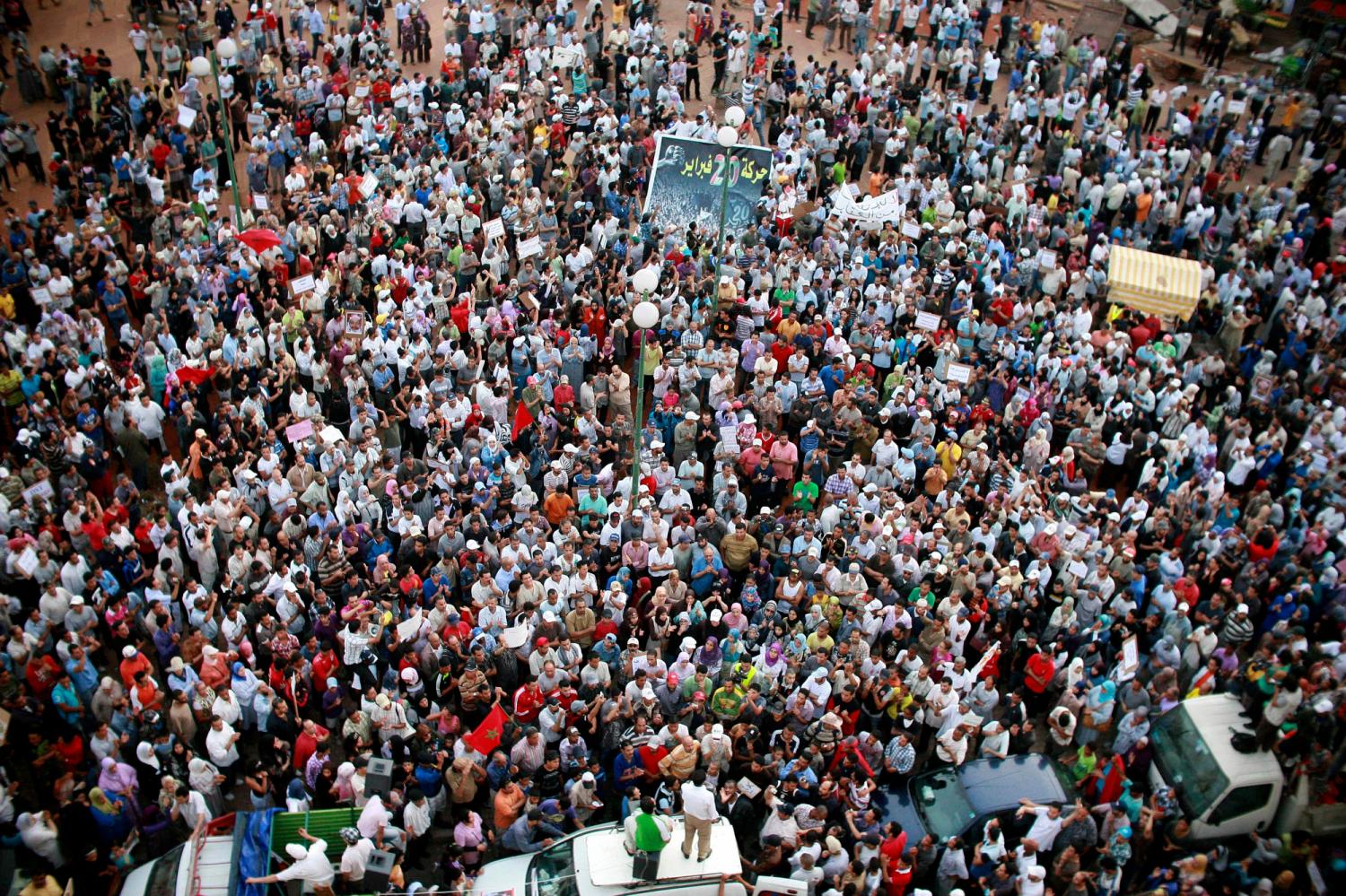
Governing: Not as Easy as it Seems
The Benkirane government went through its fair share of political battles from 2011 to 2016. Morocco has a long history of the palace co-opting and controlling the multiparty political system. Although all major parties that participate in elections must remain close to the palace, there are various degrees of proximity, which also form cleavages in terms of coalition alliances. The PJD initially formed a coalition with the powerful Istiqlal party, the Popular Movement, and the Party of Progress and Socialism when it came to power in 2011.
Eventually, the Party of Authenticity and Modernity (PAM) rose to prominence through its leadership of the opposition party coalition. Due to its founding by royal adviser Fouad Ali El Himma in 2008, PAM was perceived as being particularly close to the palace. The governing coalition changed during this term, and the Istiqlal party pulled out–to be replaced by another major palace ally, the National Rally of Independents (RNI). As party coalitions realigned throughout Benkirane’s term, his powers became more limited: evidenced by the fact that the most important ministries (interior, foreign affairs, finance, and religious affairs) were led by politicians from parties or technocrats close to the palace.
In spite of these institutional limitations on Benkirane and PJD power, their priorities of economic liberalization, balancing the budget, and anti-corruption seemed to win them popular support in most major cities during the 2015 local elections. The PAM took more seats in rural areas, while the PJD dominated the urban milieu.
After the 2015 local elections secured even greater influence for the PJD at the local level— despite the PAM working as a counter-power in the rural regions—there was a real concern about which of these two parties would win the 2016 parliamentary elections. This concluded with a popular mandate on the role of the PJD, especially the political personality of Prime Minister Benkirane. Even with the continuous onslaught of attacks on Benkirane, the PJD and its governing coalition took 125 seats and the PAM took 102, creating challenges for any implicit power sharing agreement between the palace, the prime minister, and other political parties.
2016: Le Blockage
While the PJD’s power at the local and national level seemed secure enough to ensure greater power sharing in Morocco’s political system, government coalition talks began on an unequal footing. Rather suddenly, Minister of Agriculture Aziz Akhannouch (one of the wealthiest businessmen in Morocco, as well as a close friend of the king) rejoined RNI. This was a signal to the political parties, as well as critical observers, that the palace would take an active role in setting up the next governing coalition.
Now led by Akhannouch, RNI formed a coalition with the Socialist Union of Popular Forces, the Constitutional Union, and the Popular Movement. They pushed various conditions onto Benkirane’s goals for his coalition government, leading to a series of obstacles and over four months without a government. The current crisis, as Moroccan scholar Maati Monjib aptly described it, “is a behind-the-scenes struggle for power between the palace and the PJD.”
King’s Dilemma: Morocco Edition
What is next? As Morocco’s history of a multiparty system demonstrates, the palace controls and co-opts the system from within. Keeping palace allies in major political parties, in both the governing and oppositional coalition, remains key to the monarchy’s power over Moroccan politics. In the current situation, Akhannouch—the King’s confidant and friend—is front and center, and it’s highly likely that he’ll enter the governing coalition and influence policy.
This situation reflects the continuation, if not intensification, of the palace’s influence over the political system. Thus, the promises in 2011 that power would be shared amid a constitutional monarchy have not been kept.
If the palace decides to call for another election—and if attempts to sideline the PJD continue—it may tarnish Morocco’s image, as well as the monarchy’s narrative that promotes the country as a democratizing success story of the Arab uprisings. Furthermore, while sidelining the PJD and parliament may work in the short term, this strategy may not work in the long term if the PJD can maintain its momentum at the ballots boxes in local and national elections. On the other hand, by not clipping the wings of the PJD, the party may become even more popular and influential. Hence the king’s big dilemma.
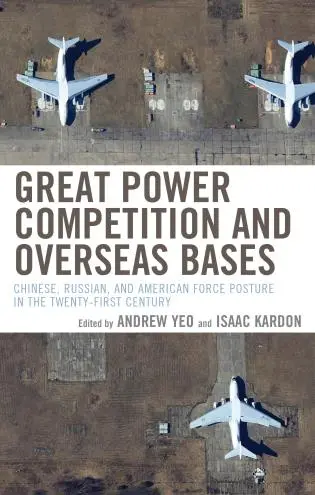
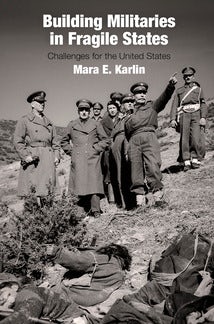
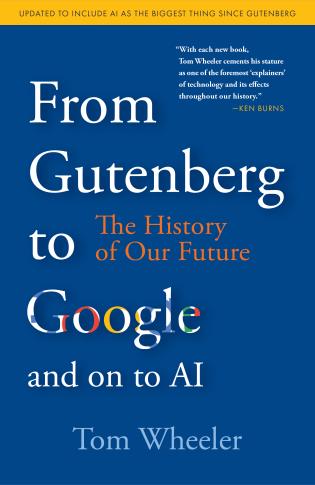
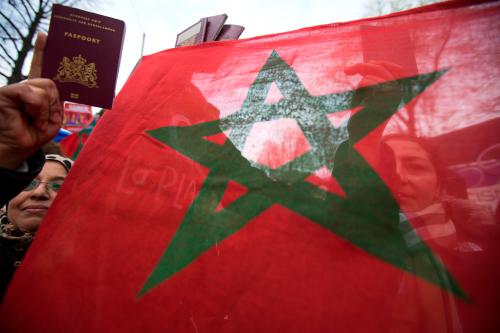
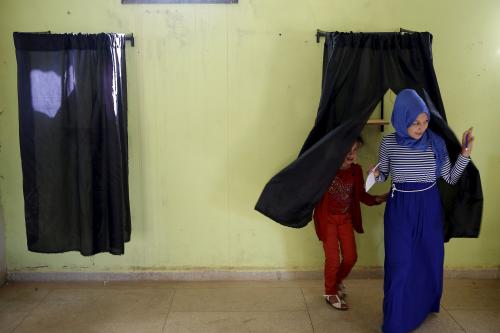
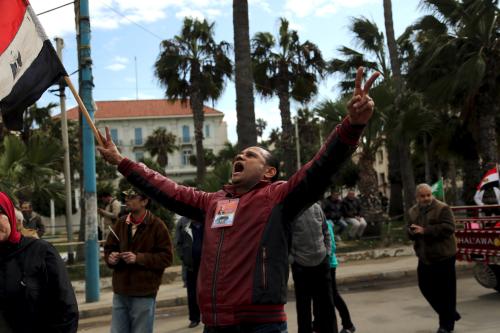
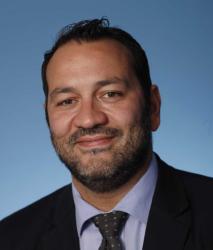
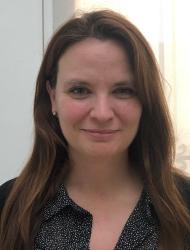
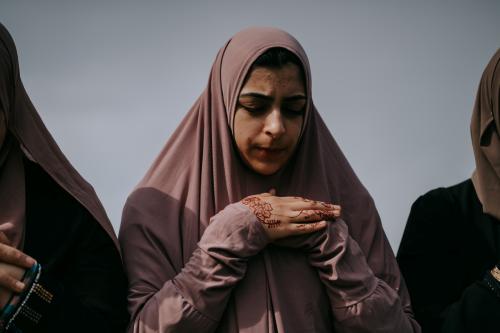
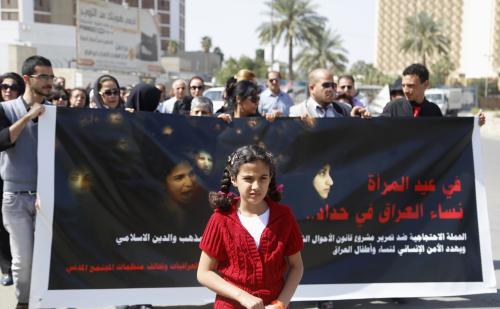
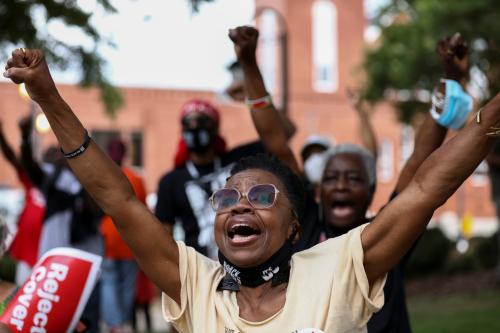
Commentary
Morocco: The king’s dilemma
March 2, 2017